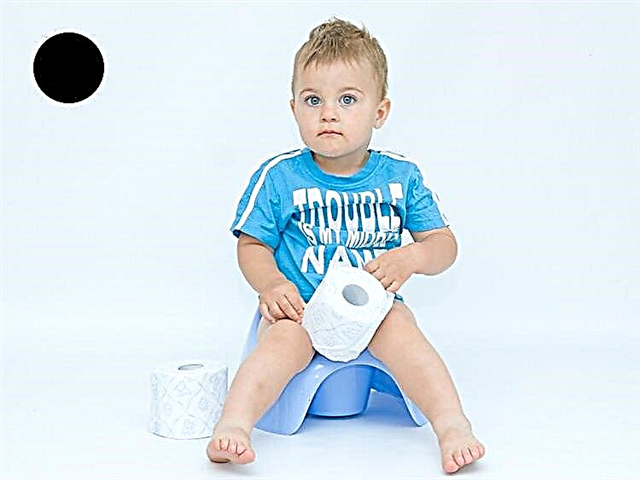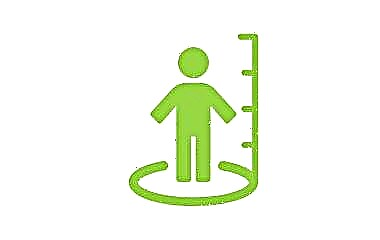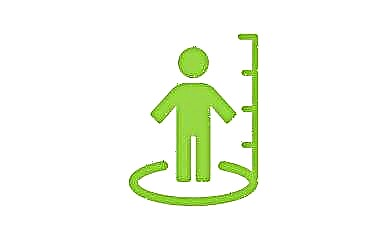
Nystatin is an affordable antifungal medication that is often prescribed for adults with candidiasis. Is it allowed to treat children with this drug, for what diseases and in what dosage?
Release form
Nystatin is produced by many Russian pharmaceutical companies in the following forms:
- Coated tablets. One pack of such Nystatin contains 10-20 small round yellow-greenish tablets that have a vanillin smell.
- Rectal suppositories. They have a torpedo shape and a yellow hue, and one package includes 10 suppositories in blisters of 5 pieces.
- Vaginal suppositories. They are also sold in packs of 10 and are elongated and yellow in color.
- Ointment. This Nystatin is represented by a yellow thick mass placed in aluminum tubes of 15, 25 or 30 grams.
Nystatin is not available in drops, capsules, ampoules for injections, suspensions and other forms.

Composition
All versions of the drug contain nystatin as the main ingredient, the amount of which is measured in effective units. One tablet, one rectal suppository or one vaginal suppository contains 250 or 500 thousand units, and the dosage of such a substance in one gram of ointment is 100,000 units.
Additionally, the tablet form of Nystatin includes magnesium carbonate, hydroxypropyl methylcellulose, potato starch, vanillin, tween 80, lactose, liquid paraffin and some other compounds. In the composition of suppositories (both vaginal and for rectal use), in addition to nystatin, there is citric acid, witepsol, liquid paraffin and other components for the convenience of using this form. The auxiliary ingredients of Nystatin ointment are only petrolatum and lanolin.
Operating principle
Nystatin has the ability to destroy fungal cells, since its structure includes double bonds that make it similar to cell membranes. Thanks to such bonds, nystatin molecules are embedded in membranes and form many channels in them through which electrolytes, water and other substances pass. As a result, the fungal cell becomes vulnerable to osmotic external influences, which leads to its death.
Nystatin has been shown to be effective against yeast and yeast fungi (especially candida) and aspergillus. The medication copes well with lesions of the intestines, skin, mouth or vagina, affecting the fungi locally. However, treatment does not impair the composition of the normal flora in the intestine.


Taken internally, Nystatin is not absorbed in the digestive tract and is excreted in the feces, practically unchanged. When applied externally, the drug is also not absorbed. Tolerance to the drug in fungi sensitive to it develops slowly. However, the drug does not affect protozoa and bacteria (in particular, it is ineffective against gardnerel and Trichomonas), as well as viruses.
Indications
Nystatin is used in the treatment of candidiasis of the skin, mucous membranes, intestines or internal organs. In addition, the drug can be prescribed for prophylactic purposes, for example, with prolonged antibiotic therapy.
From what age is it used in the treatment of children?
There are no restrictions on the use in childhood in the instructions for the drugs, but only a doctor should prescribe Nystatin to children, and preferably after determining the sensitivity of the fungi to its active ingredient.


Contraindications
Treatment with Nystatin is prohibited:
- With hypersensitivity to any component of the selected form.
- With ulcerative lesions of the duodenum or stomach.
- With pancreatitis.
- For problems with the liver.

Side effects
Taking Nystatin tablets in tablets may cause nausea, loose stools, or vomiting. The medicine in any form can provoke an allergic reaction, for example, itchy skin. In such a situation, the drug is canceled and another antifungal agent is selected.
Very long-term use can lead to the development of resistance of fungal cells, which is why another therapy has to be prescribed.

Instructions for use
The form of Nystatin is chosen depending on the reason for which the drug is prescribed. For example, if a medicine is needed to prevent candidiasis due to prolonged use of an antibiotic, then it is prescribed in tablets. The tablet form is also used for the defeat of internal organs by candida.
If the child has candidiasis of the skin or mucous membranes, it is more convenient to use an ointment. Rectal suppositories are preferred when diagnosing intestinal fungal infections. For thrush in the mouth, a powdered tablet can be mixed with a vitamin B12 solution or water and lubricated with infected areas.


Nystatin tablets are taken regardless of the diet, and the frequency of administration and the daily dose depend on age:
- Children 1-3 years old the medication is given 1 tablet of 250,000 IU three times or four times a day.
- For a child over 3 years old a single dosage is 250-500 thousand units, and the frequency of taking pills is 4 times a day.
- Babies up to a year the drug is prescribed in a dose of 100-125 thousand units and given under the supervision of a physician.
It is advisable to swallow the medicine without biting or chewing, but for small children it is permissible to crush the pill, and in case of candidiasis of the mouth, you can dissolve the drug behind the cheek. The duration of the solid form treatment is usually 10 to 14 days.
If required, after 7 days, a second course is prescribed.


If the child was prescribed Nystatin in ointment, then a thin layer of such a medicine is applied to the area affected by candida twice a day. The treatment is carried out for 7-10 days and, if necessary, supplemented with taking medication in tablets. Nystatin in rectal suppositories for 10-14 days is injected one suppository into the rectum in the morning and evening.
Overdose
Since the main component of Nystatin acts only locally, and when it enters the intestine, it is not absorbed, the drug is classified as low-toxic, and there have been no cases of its overdose so far.
Interaction with other drugs
Simultaneous treatment with Nystatin and any of the clotrimazole drugs is not recommended, since the effectiveness of these antifungal drugs in such a combination is reduced.
Also, do not combine the use of Nystatin and indirect anticoagulants, antacids, polymyxin, retinol and some other drugs.

Terms of sale
All forms of Nystatin are prescription drugs. The average price of a package of rectal suppositories is 60 rubles, for a tube with 30 g of ointment you need to pay about 70-80 rubles, and the approximate cost of 20 tablets - 35-40 rubles.

Storage conditions
Nystatin tablets are recommended to be kept in a dry place at room temperature, and suppositories and ointment should be stored in the refrigerator. The shelf life of the ointment is 3 years, other forms of the drug - 2 years.
Reviews
There are different reviews about the treatment of children with Nystatin. Some people praise the medicine and note that it helped get rid of candidiasis. In others, the medication is called outdated and ineffective, and the tablet form is inconvenient to use. Doctors consider the drug to be effective and prescribe if the pathogen is sensitive to it. Judging by the reviews, the tolerance of Nystatin is generally good, and negative effects are rare.

Analogs
Another antifungal medication can replace Nystatin. Your doctor may recommend:
- Candide. This drug is available in the form of a solution, cream, gel, powder, and vaginal tablets. Its action is provided by clotrimazole. The medication is used at any age.
- Fluconazole. This antifungal capsule or injection is often prescribed to prevent complications during antibiotic treatment. It can be given to children from the age of 4.


- Pimafucin. The basis of such tablets, suppositories and cream is natamycin. The drug can be prescribed for fungal infections at any age.
- Diflucan. Such a suspension based on fluconazole can be used for candidal stomatitis in a child from birth.


In addition, if the oral cavity is affected by candidiasis, children may be prescribed topical agents in the form of a gel, solution, extract or spray, such as Stomatidin, Hexoral, Oralsept, Tantum Verde, Holisal, Stomatofit and others. Lubricating wounds or irrigating the throat with these drugs helps to eliminate inflammation, reduces soreness, and helps fight fungi.
In the next video, you will find a detailed doctor's review of this drug.



